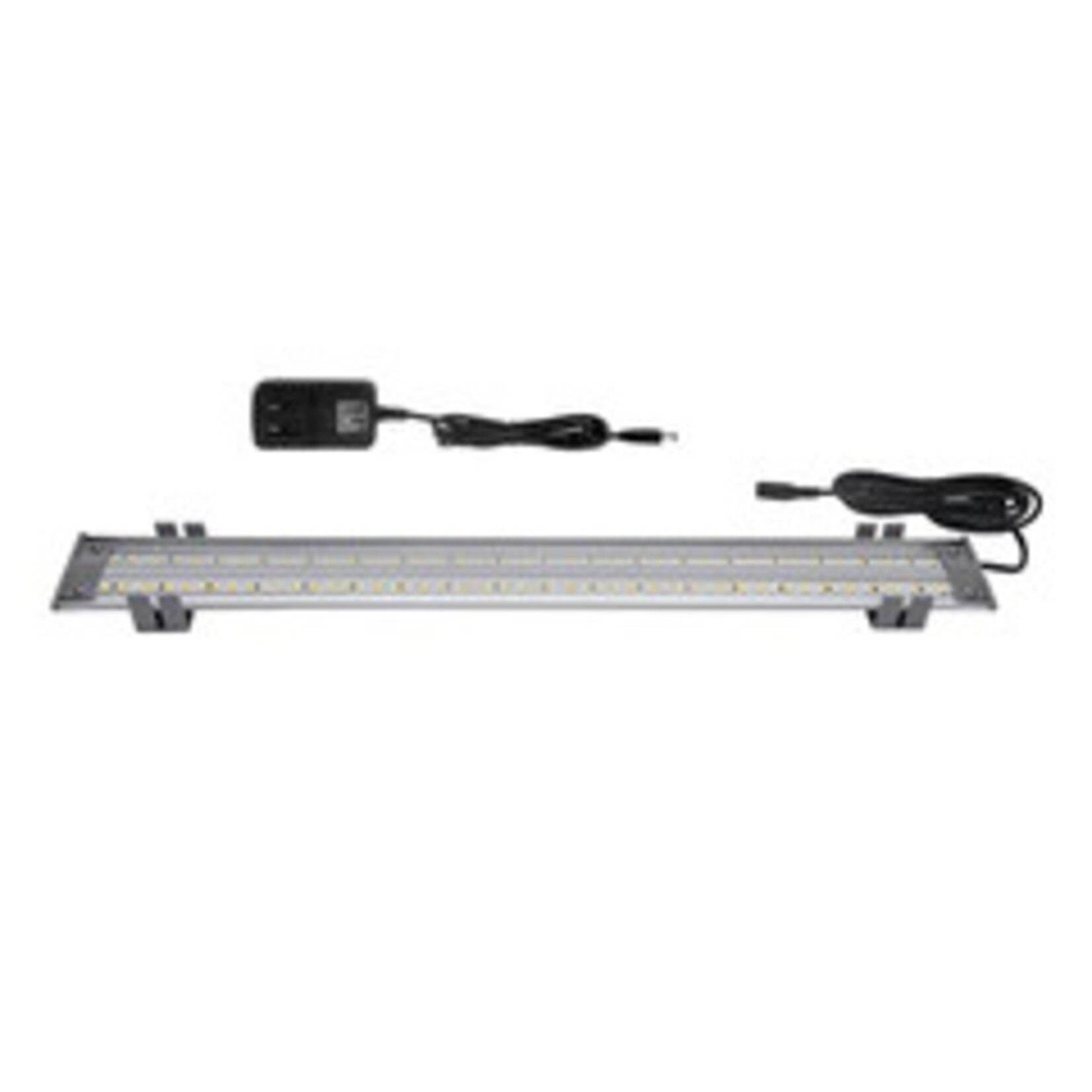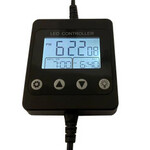The Benefits of Artificial Lighting for Birds
What are the benefits of artificial lighting for birds?
Have you been told that your bird needs a light that simulates the sun so that it can produce Vitamin D3? I’m sorry to inform you that there is no such thing, it’s just sales hype because it is beyond the laws of physics to turn electricity into sunlight. Read more
While the existence of an artificial light source that simulates the sun is nothing more than a fabrication, there are real benefits to adding a HappyBird light to your bird’s cage.
Setting and Controlling Photoperiod
The major benefit of artificial lighting is that you can control how many hours of light your bird receives in a day, known as photoperiod. Many of a bird’s hormones are triggered by photoperiod, which in turn prompt certain behaviors such as nest-building and migration. Dr. Fern Van Sant, owner and primary veterinarian at the For the Birds clinic, explains the importance of photoperiod:"If there is one single positive change that pet bird owners can make, it is returning the bird to a regularly recurring photoperiod. Whether in the wild or captivity, most birds demonstrate a remarkable periodicity to their days. Restoration of a regular recurring day and night cycle usually results in a happier and healthier companion bird. Birds have in their brains a finely tuned, light sensitive pineal gland. This gland is likely the mechanism by which birds set their circadian rhythm.”
Each bird species is different and benefits from its own particular photoperiod. A safe starting point is 10 hours on; however, the best course of action is to conduct online research or ask your avian vet about the best photoperiod for your bird.
Providing proper light
Unfortunately, a bird cage is hard to light. If your bird’s only source of light is from a window across the room or an overhead light, then cage bars, play tops, and toys often block a lot of it. In the pictures below, the customer has a double French door only inches to the left of the cage but without artificial lighting, the cage remains dim. You can clearly see the difference that a cage mounted light makes.
The importance of light color.
Having the correct color spectrum enhances a bird’s surroundings making them look more natural. Read more We teamed up with LED manufacturers and experts to develop a light with as much beneficial wavelengths that suits a bird’s requirements as possible. Countless thousands of testimonies from bird rehabs, rescues and owners proves that a proper spectrum at adequate levels increases the mood and wellbeing of birds.What about UV
The 2 types of UV that survives the journey through the Earth’s atmosphere are UVA and UVB. Each type affects living organisms differently. Read more
UVA
While it is well known that birds can actually see the UVA spectrum (humans cannot) how this ultimately affects caged birds is hotly disputed and highly understudied. Read more
We do not use UVA in our lighting. Personal testing and the lack of conclusive evidence that it has a significant benefit didn’t justify the cost.
UVB
Unfortunately, a bird’s eyes are sensitive to UVB and many well meaning owners have caused cataracts or blindness in their pets by the misuse of reptile lights and tanning bed lamps. Read more
We have no UVB in our lights, they are designed specifically for birds and safety is a number one concern













